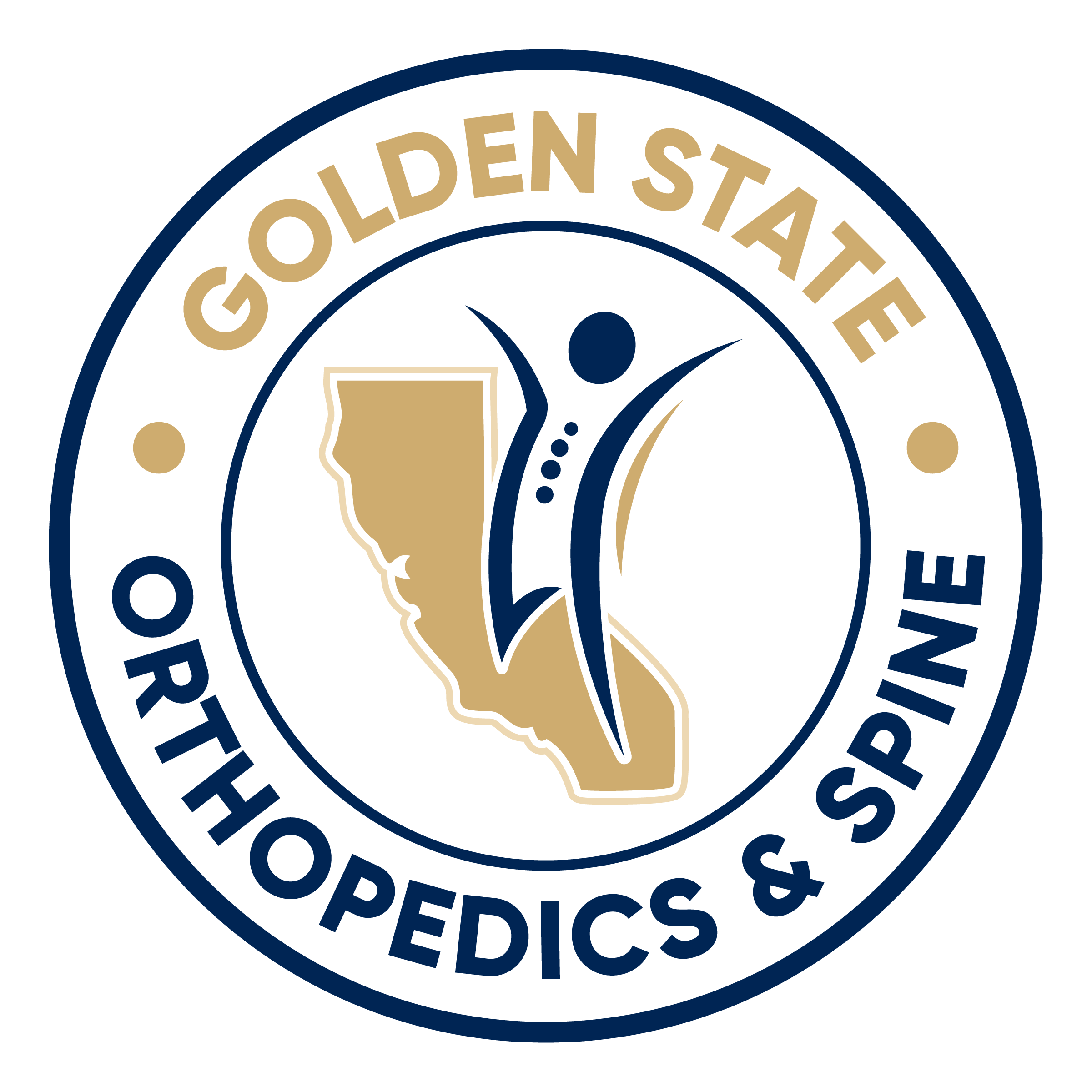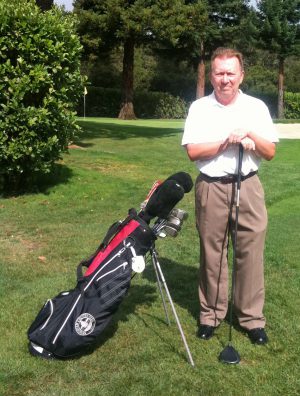The Troublesome Hamstring
We’ve all seen our favorite player pull up as she breaks away a layup or runs down a drop shot. The player grabs the back of the thigh and limps off to the side to receive treatment for the dreaded hamstring strain. You know it will hobble her for the rest of the match and it’ll be a constant annoyance for the rest of the tournament.
But how bad could it be? There’s rarely talk of surgery on these tears, right?
So what are the hamstring muscles and how do you prevent such an annoying injury? What are the potential treatments?
Unfortunately, hamstring injuries occur in all age groups and are quite common. They strike athletes of all sorts, from tennis players to track sprinters to footballers (the beautiful game – soccer, Australian-rules, and American). This group of muscles in the back of the thigh bends your knee. They function quite a bit with any locomotion. The strain/pull/tear occurs when the muscles are suddenly stretched when sprinting and lunging as the knee straightens and the hip flexes.
In an injury to this area, there can be an intramuscular tear or a tear of the tendon attachment to the pelvis at the lower buttock. It’s a bad one when you look at the back of your thigh that night and you see a dark blue bruise!
Prevention revolves around a proper warm-up, consistently stretching the hamstring (not right before you start exercising, but after you warm-up and after you cool down), keeping your hamstring strong to balance against the powerful quadriceps on the front side of the thigh, and being gradual in increasing your exercise regimen. Staying warm during workouts/exercise by wearing bicycle shorts may be helpful.
Treatment is rarely surgical and generally performed only for severe tears of the tendon off of its attachment to the pelvis in high-level athletes.
Initial treatment includes ice, elevation, and compression. After 1-2 weeks, as the injured area is scarring in, stretching and careful progression of strengthening exercises occurs.
Re-injury after a hamstring strain is generally more severe and has a longer recovery time. New measures like platelet-rich plasma (PRP) injections (injecting the player’s own platelets and growth factors to the area of tear) are out there to help stimulate quicker healing. But the jury is still out whether that really helps.

